Year: 1966
Duration: 01:31:46
Directed by: Don Chaffey
Actors: Raquel Welch, John Richardson, Percy Herbert, Robert Brown and Martine Beswick
Language: English
Country: UK
Also known as: 1.000.000 hronia pro Hristou, Egymillió évvel ezelott, Eine Million Jahre vor unserer Zeit, Ena ekatommyrio hronia p.H., Giganternas kamp
Description: Rock tribe caveman, Tumak (John Richardson) gets kicked out and left for dead. He wanders through the waste lands until he encounters beautiful cavewoman Loana (Raquel Welch) and her more advanced, better looking Shell tribe. Tumak is always being misunderstood and even though he saves the Shell folk from a humgry Alosaurus, he gets kicked out of their tribe too. When Loana decides she will go with him, stone age adventures including dinosaur fights, cavewoman fights and volcanic explosions are sure to happen.
Review: One Million B.C. marked a return to Harryhausen’s roots of dinosaur animation. It was also a departure for Ray in that it was the only film since IT CAME FROM BENEATH THE SEA where Charles Schneer wasn’t involved as producer.
Hammer Films had gained success in the late 1950’s when they began remaking the classic gothic horror films. Looking to expand, they began to investigate the possibility of remaking KING KONG but RKO would not relinquish the rights to them. As they searched for similar projects they came across ONE MILLION YEARS B.C. which starred Victure Mature. The British title of the film was MAN AND HIS MATE. After looking at the mock up lizard/dinosaurs, they knew they wanted to utilize stop-motion and they contacted Ray. Charles Schneer was busy making YOU MUST BE JOKING (A non-fantasy film) so Ray was available. Ray suggested several story possibilities and using Don Chaffey as director. Chaffey and Harryhausen decides that the Canary Islands would be perfect for the location shooting of the picture.
Besides being known as a studio that produced lavish horror films, Hammer was known for the beautiful women in their films. The term HAMMER GLAMOUR was attached to these women. Since Hammer had struck a deal with 20th Century Fox for distribution of their films in the United States, they discovered that Raquel Welch was available to them. She had a few minor parts and also starred in the sci-fi fantasy film FANTASTIC VOYAGE, so they knew she could act. Welch was bit reluctant to take on the role figuring that she would never live down working in a dinosaur film but later commented that “Steve McQueen got away with THE BLOB, maybe I can get away with this.” And get away with it she did. Prior to the films release a poster was made available of her in the One Million B.C. costume and it became the biggest selling poster of all time decorating almost every teenage boys bedroom.
Hammer also cast John Richardson as the male lead having previously played the lead in Hammer’s hugely successful remake of SHE. Martine Beswicke was brought in as the second female lead. Beswicke was already familiar to British audiences and was certainly capable of emitting the raw sexuality that her role would call for.
All of the cast was soon to discover that it would require more than just normal acting ability to make this movie a success. They was no real dialogue, just a series truncated one and 2 syllable words and a lot of grunting. The story, especially the sequences involving the dinosaurs, would stray very little from the original film.
Once again, the cast found themselves with the amazing responsibility of acting against co-stars who weren’t there. Ray often helped direct the cast during these sequences where he would sit in the back of a jeep or truck and tell the actors where to jab with their spears. It was time to forget about character motivation and standing where you thought you’d look best in the camera’s eye. You had to be where you were told to be or the stop-motion effects would meld properly with the film.
Once the principal photography was finished, the crew returned to ABPC studios in England to begin work on the Cave interiors and the blue-screen shots. Once again the actors found themselves stabbing, poking and thrusting at objects that weren’t there. One caveman extra was wired to a harness so he could be lifted in the air. This footage was later integrated with the stop-motion allosaurus who picked the man up with his mouth and lifted him in the air.
Ray began work on the models for the film, once again using taxidermist Arthur Haywood. While many adolescent theaters may have flocked to the theaters to see the scantily clad Raquel, they were soon to discover that the real stars were the dinosaurs. These highly detailed creatures showed Ray attention to anatomy and his desire to create realistic looking prehistoric beasts. This attention to detail is especially evident with Ray’s Allosaurus.
The Allosaurus is lean and muscular looking. This was also the most complex sequence to shot because it required the most interaction between the dinosaurs and the actors. In this sequence, the allosaurus invades the camp of the peaceful sand people. A young girl is trapped in a tree and the men of the camp grab their spears in an attempt to thwart or kill the beast. In the original version, this sequence was shot with a man in a rubber suit and it looked simply ridiculous. Now the creature is full of life. Unlike most dinosaurs, the allosaurus is portrayed in this film to be around 8 or 9 feet tall-big enough to be a threat, but not much bigger than it’s human counterparts. Ray gave the creature this learing mouth filled with razor sharp teeth making it quicker and appear much more dangerous than a creature much higher or larger would appear. The allosaurus was shot with a high speed camera to give the creature more of an appearance of weight.
Another creature that seemed to be having a really bad day was the meanest Brontosaurus since KING KONG (1933). Where the originally used a poorly disguised Iguana to attack the cave people, Ray went for the monsterously huge Brontosaur with it’s thundering heavy feet. The brontosaur weren’t known to be meat-eaters and have recently been portrayed in movies like JURRASIC PARK as these giant peaceful creatures. Critics of the film are always quick to point that fact out in both this film and in KING KONG but you have to remember that this film was made using the knowledge available at the time and any creature as large as the brontosaurus was would pose a threat to any creature as small as a human.
Still another nasty creature in the film was the Pteranadon. This was the scene that drove the teenage boys to see the film. Raquel has just come out of the water as the flying reptile swoops down to attack the sand people. It’s attention becomes focused on Raquel who falls behind a rock as the huge claws of the creature descend upon her. In this sequence Ray would substitute the actress with a jointed figure that looked remarkable like the actress as the beast picks her up to carry her away.
This sequence is an amazing piece of camera work by cinematographer Wilkie Cooper, who had worked with Ray many times before. As the creature begins to fly away with Raquel in his claws, the camera pans and tracks the flying beasts movements. Considering that the live action footage was shot first and then the stop-motion creature was added later, an extreme amount of attention to camera movement had to come into play. Moving to fast or to slow would not give the sequence a realistic look. Today, since the advent of computer controlled cameras on STAR WARS, setting up this type of shot is fairly routine. Then, it was all done manually, requiring a great deal of skill and a steady hand at the camera.
Two more creatures created for the film were the Ceratosaurus and the Tricerotops. These creatures were added to stage a fight between two prehistoric beasts instead of the disguised lizards used in the original. This highly effective sequence gave Ray a chance to show off his stop-motion animation ability as the two prehistoric titans battle for survival against each other in the prehistoric plains.
One other stop-motion creature appeared in the film. A giant sea-turtle, or the archelon. This creature was constructed of a rubber body over the metal armature with a huge fiberglass shell. One wouldn’t generally think of a giant turtle as a menacing creature but it’s an effective sequence.
While Hammer studios had originally gone into the film with the idea that they would not use decorated lizards as their monsters, time and budget restrictions forced two of the earliest creature to be shot that way. Ray shot the sequences using a high-speed camera to give the illusion of mammoth weight and size and while the scenes are effective and better than the previous use of iguana’s, they are still lizards and not stop-motion creatures.
The animation and effects shot took over nine months to shoot but everything was finally finished and the film went into general release, first in England and then to the United States. The final cost of the film was around 450,000 pounds or 700,000 dollars. Besides being known as a studio that was highly imaginative with the films they produced, they were also highly imaginative and equally creative with their style of bookkeeping. They claimed that the film didn’t return a profit for a while but the huge lines at the theater and the fact that it was a huge international success, proved that Ray had done it again. Taking a genre film that was long considered to be dead and revitalizing it with new life.
HAMMER would make two sequels, of sorts, to ONE MILLION B.C. but neither of these projects involved Ray. The follow-up to ONE MILLION B.C., featured animation by Jim Danforth and the third film in the series had no dinosaurs at all. All three films were scored by Mario Nascembe who proved a driving score that effectively evokes to feel and attitude of the films.
Screenshots:
Download:
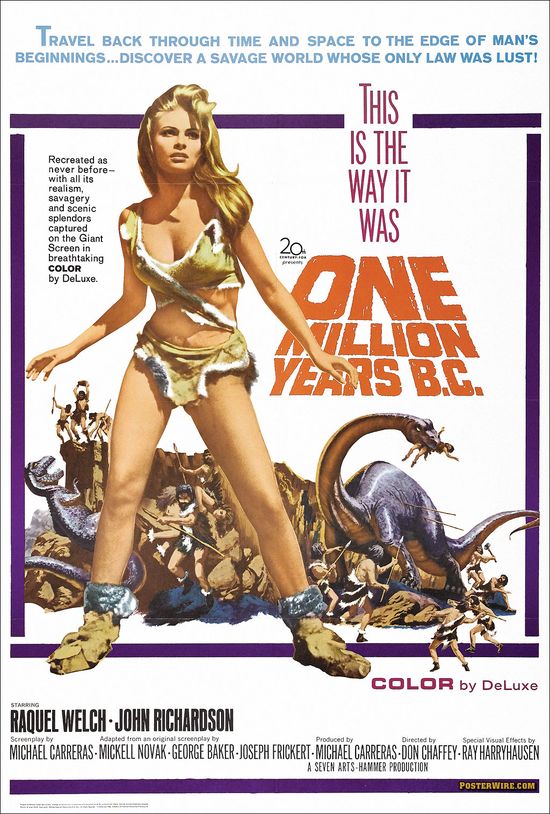
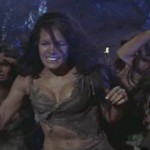
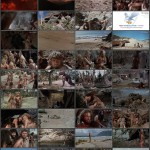
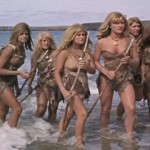
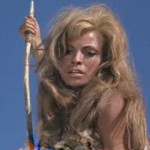
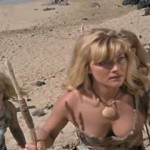
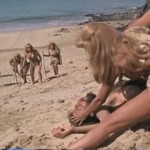
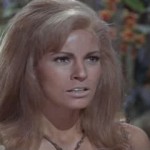
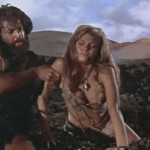
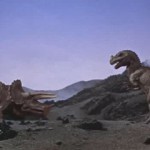
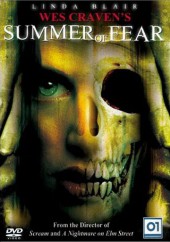
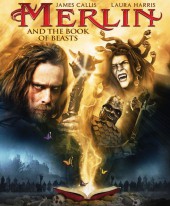
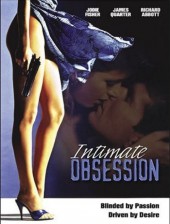

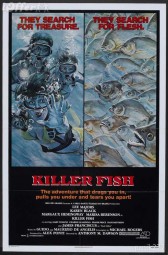
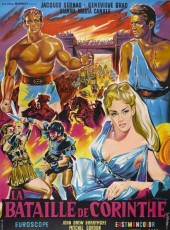
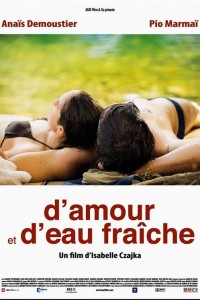
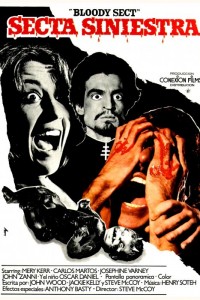
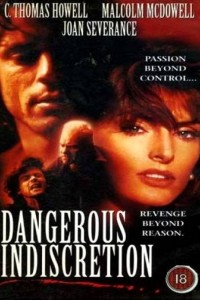
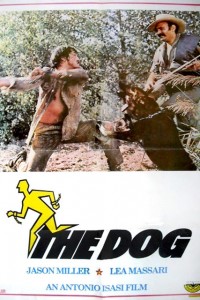
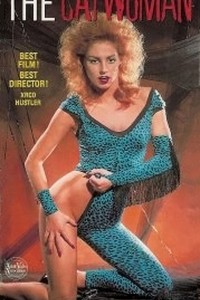
on
Raquel Welch….in the MOVIE of my YOUTH!! Even though I first caught it on TV, it doesn’t matter. Raquel Welch….in a Cave-Bikini. Raquel Welch….
’nuff said!!! Raquel Welch!!! My Heroine!!! Thank you, Thank you!!! Thank YOU!!! Raquel Welch!!
on
I like it so much